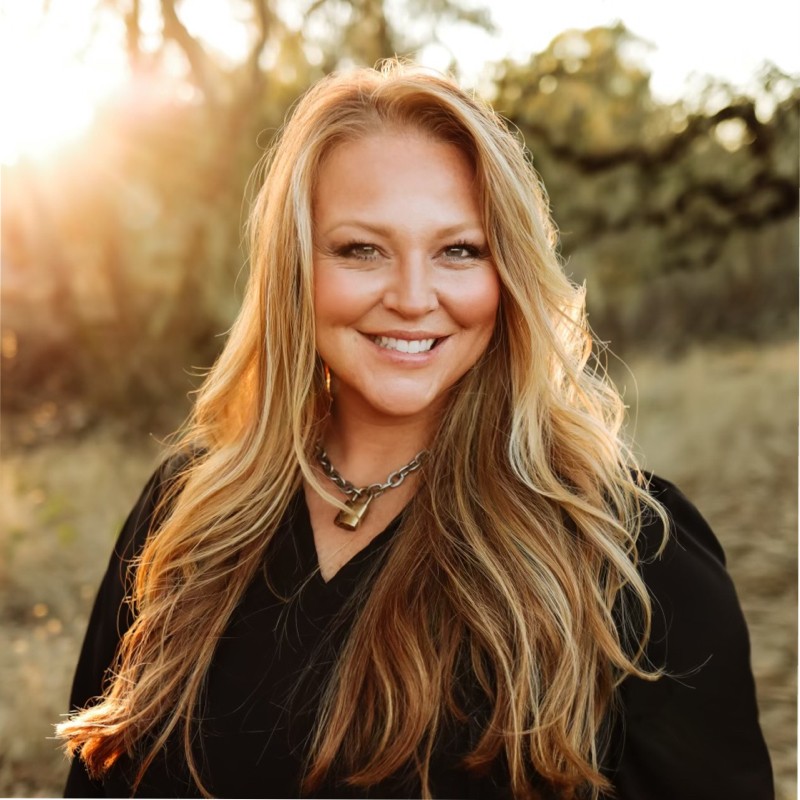The American Feed Industry Association and National Grain and Feed Association are offering support for a memorandum of understanding between feed regulators and the Food and Drug Administration to streamline approval of new feed ingredients.
Industry stakeholders provided oral feedback at a recent Feb. 9 FDA listening session on the MOU, which expires in October 2024.
The American Association of Feed Control Officials is a group of state, federal and international regulatory officials who partner to support uniform animal food regulatory systems. AAFCO’s ingredient definitions are not federal regulations and do not have the force or effect of federal law, FDA said, but most states incorporate the ingredients listed in the AAFCO Official Publication into their state laws.
The AAFCO ingredient review process is one of three pathways available for safety reviews of animal food ingredients, which also includes FDA oversight of food additive petitions or generally recognized as safe (GRAS) notices.
AAFCO designations usually take two to four years, while food additive petitions generally take three to five years, and sometimes as long as eight to 10 years.
Dave Fairfield, NGFA's senior vice president of feed, said there is room for more information to be shared about which pathway is best suited for new ingredients. “Once you start down the path — and it can take years depending upon the complexity of submission — it's not desirable to have to start over because at some point there's the determination you're not in the right lane,” Fairfield said in an interview with Agri-Pulse.
Leah Wilkinson, AFIA vice president of public policy and education, said during the meeting that “while there are different reasons for why there are three different pathways, what remains the same is that they all need to work. If one doesn’t work, it puts undue burden on another pathway with unintended consequences.”
She urged FDA's Center for Veterinary Medicine (CVM) to give “equal importance” to AAFCO ingredients, food additive petitions and GRAS notifications.
 Dana Brooks, Pet Food Institute
Dana Brooks, Pet Food InstituteDana Brooks, president and CEO of the Pet Food Institute, expressed concern about the length of time it takes an ingredient to go through the AAFCO approval process. AAFCO committees are run by volunteers, making it difficult to get ingredients on their agendas. She asked industry experts to provide examples of any ingredient that had a smooth AAFCO approval process. “No one could provide a good example,” she said during the meeting.
Brooks warned, “The demand for animal fats and proteins from other sectors has made it very clear that the pet food industry may need to look for alternative novel ingredients to continue to provide sustainable, complete and balanced and nutritious food to our pets. Without a structured, predictable review process by experts in pet food safety and nutrition, the pet food industry will be unable to innovate and respond quickly to meet the rapid changes in our supply chain.”
Brittany Rowe testified as a consumer who said she routinely purchases cat and dog food for her companion animals. She said she sees value in FDA continuing to collaborate with AAFCO but strongly urged the FDA to “take a more active role in the pet food regulatory process” starting with making ingredient standards and definitions and labeling standards for pet food publicly available through a link on FDA’s website and allowing public comment on proposed new ingredients.
Jenna Leal, environmental program manager of the commercial feed regulatory program at the California Department of Food and Agriculture, said the continued partnership between AAFCO and CVM allows regulators in California to work in partnership with feed regulators from other states and FDA at a national level.
“This collaboration is critical and enables California to align its regulatory strategy with industry and government partners to ensure California’s regulation of feed meets its legislative charge of supporting a wholesome supply of meat, milk and eggs,” Leal said during the listening session. “We look forward to continued and even greater collaboration, participation and assistance from FDA when dealing with new and novel feed ingredients and feed additives including those products with innovative environmental emission reduction claims.”
 Jenna Leal, CDFA
Jenna Leal, CDFAIndustry members also discussed the importance of keeping proprietary information confidential. Since defined AAFCO ingredients generally are not proprietary, some level of confidentiality in submissions provides an incentive for requesters or companies to invest and spend resources to see the product through the approval process, Fairfield said.
Leal and Wilkinson both voiced support for additional workshops and online courses from AAFCO and investments in the training of AAFCO investigators and state regulators. “It will allow us to serve as boots on the ground and thoroughly understanding all pathways to approval and being able to help disseminate that knowledge and guidance to the regulated industry and guide them to the right resources at FDA, many of which already exist,” Leal said.
Wilkinson applauded FDA for getting ahead on its work before the MOU expiration in 2024 with proposals out at the end of the year or early next year. “What I’ve heard from conversations with them is that they want to get this going sooner rather than later so they have time to get all the feedback and analyze it. They’ll take several months to analyze what they’ve got and formulate their plan going forward,” she told Agri-Pulse.
For more news, visit www.Agri-Pulse.com.


